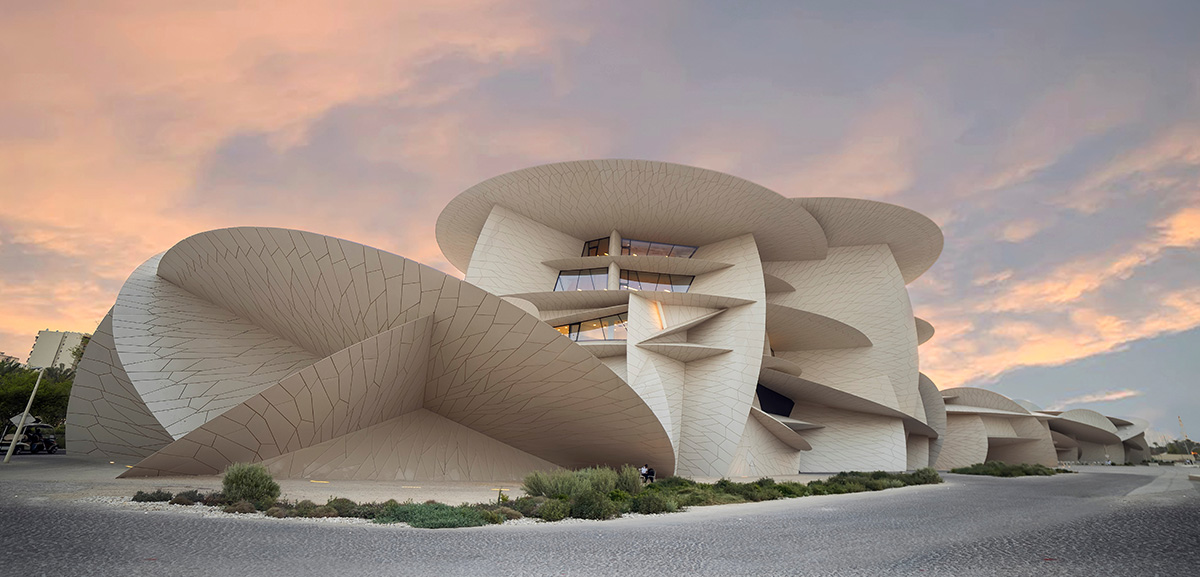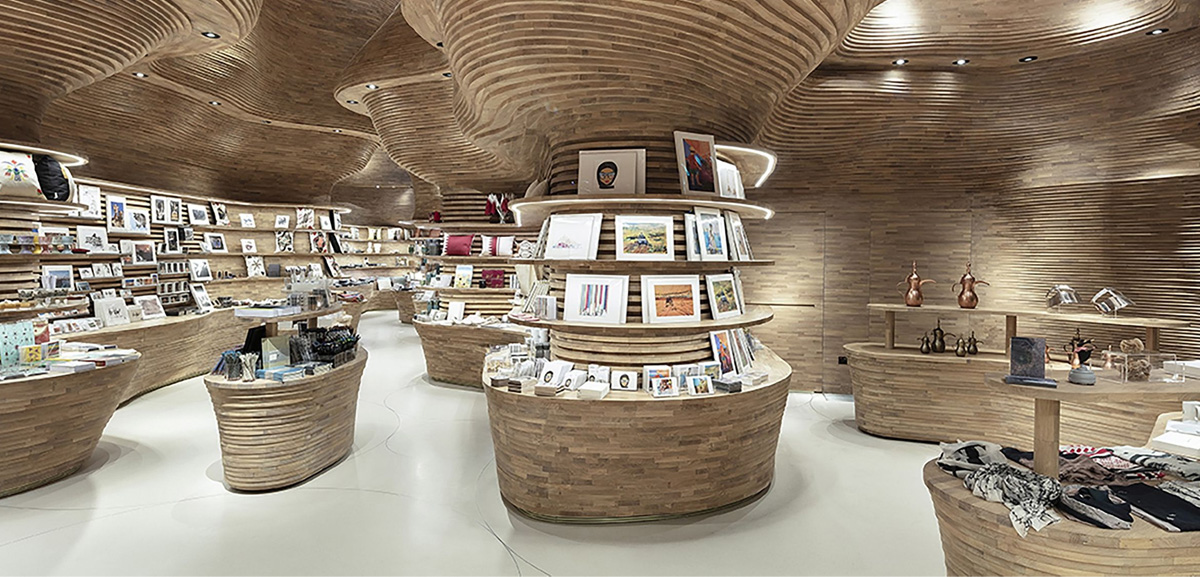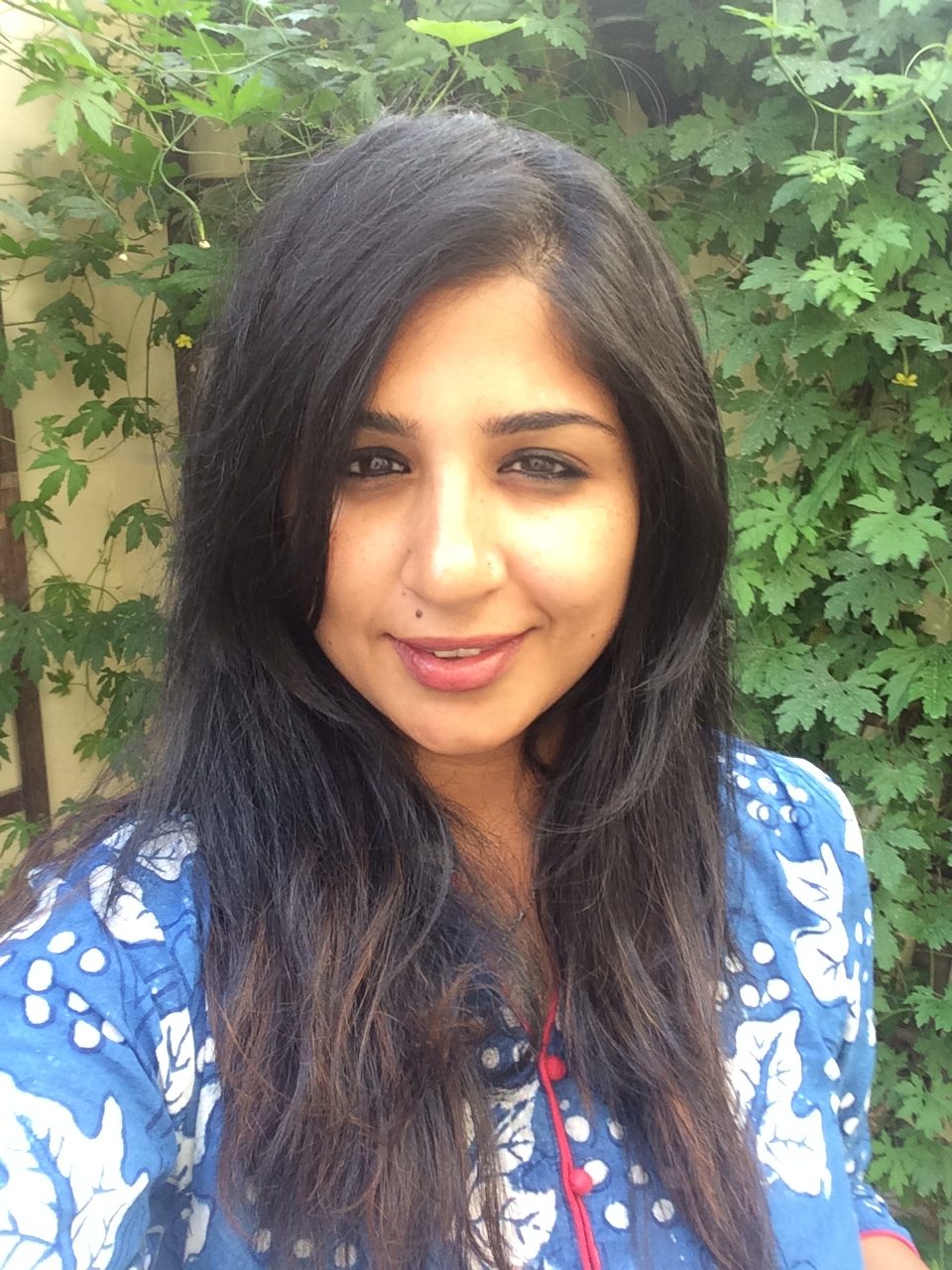New to the collection of therapies researched into, is the engagement in arts; specifically visual arts, music engagement, movement-based creative expression and writing. There has been an abundance of research into the psychological and physiological benefits of art-based interventions specifically with regards to depression, chronic stress and various cardiovascular diseases. While these benefits are published widely, people still remain sceptical and weary of their belief in the healing power of the arts. This week’s column hopes to shed some light and divert these beliefs.
Visual Arts
Visual art in its real sense has been used for expression of one’s identity, yet today we are forced to narrow our definition and engage in more technical forms of the practice.
However, when left alone, even a trained artist listens to the flow of their identity while decorating a paper. Case studies in Psychological research, particularly in the use of arts in healing, revealed that art helps people express certain experiences that they find difficult to translate into words. Cancer patients were seen to explore the meanings behind their past, present and future using art therapy, which helped construct a positive identity as they dealt with their experience. A researcher (Guillemin) analysed 32 middle-aged women and found that they understood their heart condition much better when they were asked to ‘draw’ their disease. Art is also seen as a cathartic experience, allowing individuals to transfer their intense emotional feelings on to materials such as moulding clay, which often reveal unconscious symbols that are missed in verbal expression.

Movement
There has been a growing interest in the benefits of dance and movement as tools of healing. Movement-based creative expression involves non-verbal physical forms of expression usually seen in the structure of dance, yoga, tai-chi, chi-gong and multiple more. Throughout history, we have constantly revisited the use of movement to celebrate, pray, connect and express ourselves. Using correct movements helps stimulate automatic systems of the body that generate a natural healing response within the body which alleviates pain and stiffness and creates positive emotional changes. What’s integral to the success of healing with movement is the synchronisation of our breath with each move we make. Moving with an awareness, initially guided by a conscious tracking of inhale and exhale counts, transforms movement into a form of meditation. The concepts of balance, slow motion and moving in circles helps to consolidate the need for this form of therapy.

Music
Auditory stimulation has been empirically researched for benefits in abolishing pain and effectiveness as a strategy for achieving control over pain. Music is one of the most researched mediums of art and healing, with a primary focus on its ability to impact people with a soothing and calming effect. The basic co-rrelation between music and healthcare has been made in relation to its ability to reduce anxiety and restore emotional balance. This is biologically evidenced by brain scans displaying changes in neural activity (calmer in nature) when music is played. This calming effect in turn aids restoration in effective functioning of the immune system via the emotional hub of the brain; the amygdala. Research into music therapy has also focused on the use of music in the control of chronic cancer pain. The patients feel they have a better sense of control, it promotes wellness in their lives, reduces pain, increases immunity and decreases anxiety related to the disease. An additional study investigated the use of music therapy in combination with other creative arts mentioned above on self-reported degrees of anxiety, self-esteem and depression in women who had been assaulted by their partners. Though the sample size was considerably small, every participant, with consistent sessions over 3 months, revealed a significant decrease in anxiety and depression. These findings are crucial in proving the benefits of the arts in healing, not just from physical diseases but even emotional and psychological distress.
I would advise that we segregate the profession from the pure art form and engage in a little of each consistently. It’s important to discover our body and minds’ natural way of expression, by providing constant access to the arts and letting our inner expression have fun. Go out and play with the arts!
Source: https://www.gulf-times.com/story/633977/Discover-the-therapeutic-nature-of-music-art-and-movement
More on Arts & Culture






Leave A Comment
You must be logged in to post a comment.